Capacity issues on the West Coast Main Line, allied to a sense of growing government antipathy, suggest further proposals for new services might receive similar treatment.
In so many ways, nobody should be surprised by the Office of Rail and Road’s refusal of the three West Coast Main Line open access bids.
Capacity issues on the West Coast Main Line, allied to a sense of growing government antipathy, suggest further proposals for new services might receive similar treatment.
In so many ways, nobody should be surprised by the Office of Rail and Road’s refusal of the three West Coast Main Line open access bids.
The ORR’s stated position of there being no capacity on the WCML was in the end no bluff. There really isn’t, despite what some would argue.
Yet there is still likely to be some surprise at the decision to reject the Wrexham, Shropshire and Midlands Railway (WSMR) bid to run from Wrexham to London Euston via Shrewsbury, which by many accounts had the strongest business case.
It also had the support of the Department for Transport, although that tentative support only went so far as to say it had passed the abstraction test and that it would not directly harm the coffers of HM Treasury.
Yet it was this nod of approval, no matter how slight, which gave the impression to many within the industry that WSMR had a fighting chance.
It also had support from local MPs, many of whom voiced their disappointment at the decision.
Julia Buckley (Labour, Shrewsbury) and Andrew Ranger (Labour, Wrexham) described it as “deeply disappointing”, while Shaun Davies (Labour, Telford) said the decision was “frankly, an inadequate explanation for denying our town the rail connectivity it urgently needs. Other towns of our size already benefit from direct services to London, why shouldn’t Telford? Our businesses, commuters and residents deserve better.”
It’s a valid question, but the reason why the proposal was rejected was not because it didn’t make sense for the towns and cities it served. Its business case proposal successfully made that point.
But rather, it was because Network Rail simply cannot see how it can safely operate the busiest mixed-traffic route in Europe (the WCML) if WSMR’s plan to operate five services per day was approved.
This will be the part that Davies will likely be struggling with. How can something which had such broad support from across the industry and within government end up falling at the final hurdle, on something which is viewed as a technicality?
In the political game that Davies must play, he and his colleagues had done what had needed to be done.
But that was not enough - and it was never likely going to be.
One of the main tenements of the ORR’s WSMR rejection was Network Rail’s assessment, which was made public in April.
In that assessment, NR had focused on the stretch of the WCML that was causing the biggest headache - Rugby to London Euston.
NR made clear that while there was space on the Fast Lines (for which the applicant had sought access), that space was very limited.
In fact, it said that there was the possibility of nine Up paths and nine Down paths on the Fast lines, after the inclusion of FirstGroup’s Euston-Stirling service and Avanti West Coast’s reinstated London-Liverpool service.
But that was it. All in all, the report said that there were 50 applications originating or arriving at London Euston in the Up direction and 46 on the Down, using that stretch of the WCML.
Yet even without that staggering number, it would still not fit, given Network Rail’s evidence that it needed spare paths to act as ‘firebreaks’.
These firebreaks give NR the bandwidth to keep the line moving in case issues arise, which the infrastructure owner argues happens quite frequently.
In its response to WSMR’s application in April, NR had said that, for example, on “a typical day at Rugby, from 1100 onwards, there is three minutes or more of lateness in the system, resulting in poor punctuality of services between Milton Keynes and London Euston through to the evening peak. On bad days, the planned ‘space’ is completely eroded.”
This is a position that WSMR rejects, arguing that it is “unduly discriminatory”.
Nevertheless, for Network Rail its position remains: the more trains on its tracks, the greater the detriment to its overall performance.
Other issues persist which are increasingly difficult for the ORR and Network Rail to overcome.
In the assessment that NR made to ORR in April, it did not cover anything further north of Rugby.
However, it didn’t need to, as NRs rather withering assessment in February 2025 of the capacity north of Rugby had already filled in the gaps.
Power concerns between Crewe and Weaver Junction, as well as north of Cheshire, would impact the WCML route under heavy traffic, according to Network Rail.
That is also without factoring in HS2 traffic. ORR says in its decision letter: “While the train specification for HS2 is unconfirmed, it is known that for every HS2 service introduced north of Birmingham on the conventional WCML infrastructure, one existing service will have to be removed (without infrastructure enhancements).”
The last part of that sentence is an indication of what all these issues with open access and capacity are really about - investment.
In its response, Network Rail highlighted possible issues at London Euston and its capability to handle peak-time passenger flow, with any new services likely to compound that problem - a position that ORR agreed with.
But again, this is linked to the ongoing question of what is happening at Euston regarding its capacity capabilities. That is likely tied to HS2 and whether the tunnels from Old Oak Common eventually reach Euston. The government has said it will happen, although when remains unclear.
HS2 will theoretically release capacity on the WCML southern section, to allow possible new open access paths to be released and eventual approval for schemes such as the ones rejected.
But until decisions on capacity and investment are made for north of Lichfield, to replace what was lost when the previous government cancelled HS2 Phase 2a, there is now clearly almost no wiggle room.
The lack of HS2 (or a suitable alternative), coupled with ORR’s reticence to deliberate on its implementation when the day comes, brings forth the question of what next for open access.
It’s hard to see a future for open access in the current climate without serious upgrades to both the East Coast and West Coast main lines, or sufficient capacity being released that makes it a reality on both these lines.
Away from that, the mood music coming from the DfT and HM Treasury is unlikely to hearten the prospective operators.
That’s because we’re now seeing a real shift in attitude towards open access within the corridors of Whitehall.
The DfT letter sent on June 24 asked ORR to consider the Treasury’s finances, and the serious impact that open access could have on revenue abstraction from the soon-to-be public railways.
“An area of particular interest to the Department moving forward is the understanding and assessment of abstraction when considering new Open Access services,” the letter stated.
The DfT then asked ORR to reassess how it assesses open access applications, suggesting in subtle tones that “in determining the outcome of Open Access applications, ORR has largely considered the level of absolute abstraction based upon where ORR’s analysis places a new application within the range of other applications that have been approved in the past. This ignores the fiscal environment of the day and any additional constraints that the railway - and the Secretary of State - may have been placed under since earlier decisions were taken.”
It is to be expected that the government is going to focus its mind towards open access - and the abstraction from it.
It will, after all, want to keep its subsidy as low as possible once it is in public ownership. But it also wants to see a change in its future role, much preferring to see applications that strengthen under-served communities, rather than applications that could potentially clog up the main lines.
ORR dismissed this letter when coming to a decision on the WCML applications, and it has stated in its response (published on June 28) that it will do so in its decisions on the East Coast Main Line applications which are also due.
Rather bluntly, ORR said: “The DfT suggestion that the ORR should consider ‘as one’ all the applications in relation to the DfT budget is incorrect both legally and operationally.”
It added that it could not possibly know DfT’s finances, with the correct assessment made remaining on each application’s individual merits.
The reality of this situation is that open access is being slowly redefined, rescoped and repurposed for a world in which Great British Railways can better control it.
Challenges to these decisions are expected, with RAIL understanding that all three are weighing up their options.
Virgin Trains is concentrating on its Channel Tunnel applications, as well as trying to understand the implications of a separate ORR ruling on July 3 regarding Avanti West Coast’s unused Liverpool-London Euston paths, which has seen ORR ordering Network Rail to hold a Rights Review Meeting within 14 days.
WSMR has said it will be reviewing all its options.
FirstGroup, which has applied for Rochdale-London Euston via Manchester paths, has said much the same.
But as the era of Great British Railways approaches, it is becoming quite clear that unless an application serves a purpose that is not just passenger choice, it will quite likely not receive the green light.
Login to continue reading
Or register with RAIL to keep up-to-date with the latest news, insight and opinion.



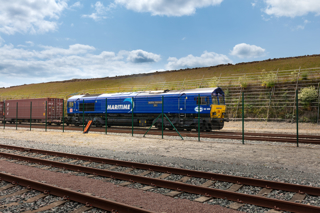


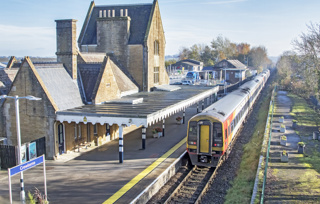
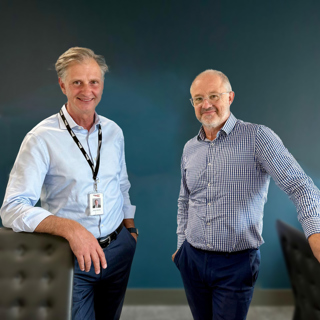
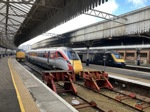
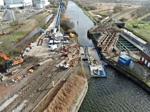
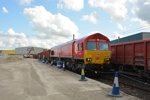
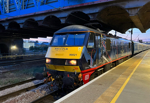
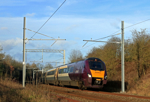
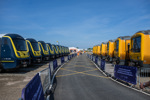



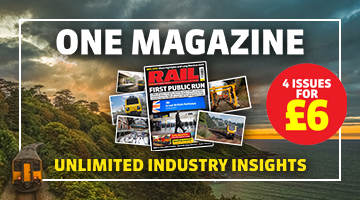

Login to comment
Comments
No comments have been made yet.